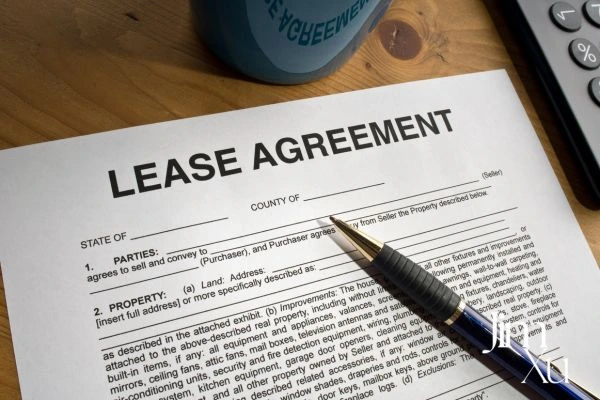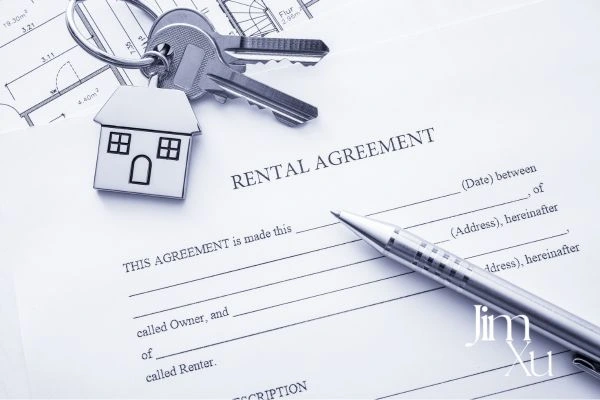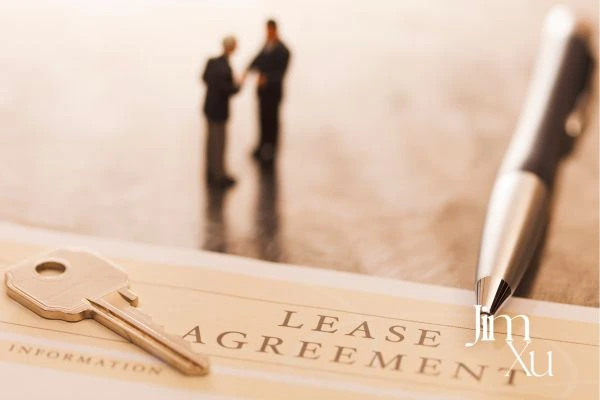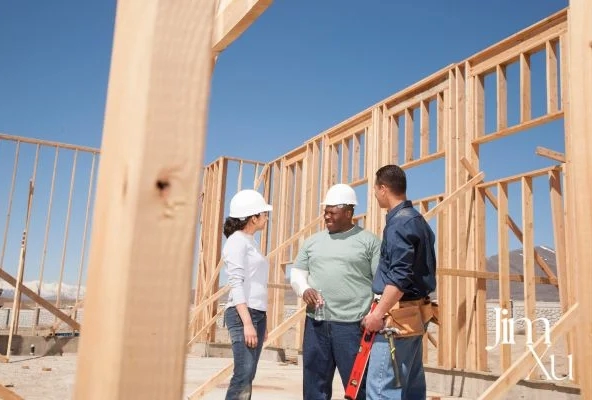A lease agreement is more than just a piece of paper, it’s a critical document that lays the foundation for a successful landlord tenant relationship. This legally binding contract outlines the rights and responsibilities of both parties, helping to prevent misunderstandings and protect everyone involved. For landlords, a well crafted lease agreement provides clear terms, safeguards their property, and ensures a steady rental income. Tenants benefit from knowing exactly what to expect, from rent obligations to maintenance policies, offering peace of mind throughout their lease term.
Whether you’re a first time landlord or an experienced property manager, understanding how to write a lease agreement is essential to avoid potential conflicts and legal issues. In this guide, we’ll break down the process into simple, actionable steps, ensuring you have everything you need to create a comprehensive and professional lease agreement. Let’s get started on simplifying The Leasing Process together!
What Is a Lease Agreement?
What is a lease contract? A lease agreement is a legally binding document that defines the terms and conditions between a landlord and tenant for renting a property. It ensures clarity by outlining responsibilities, payment terms, and usage rules, serving as a critical safeguard for both parties. Lease agreement contract come in various types, such as fixed-term, month-to-month, residential, and commercial, each tailored to specific needs. Choosing the right type of lease agreement is essential to align with the property’s purpose and the parties’ expectations.

The Importance of a Well Written Lease Agreement
A well-written leasing agreement is invaluable. For landlords, it offers legal protection, prevents misunderstandings, and establishes clear boundaries, reducing potential disputes. For tenants, it provides security and transparency, making their rights and responsibilities explicit. This clarity not only fosters trust but also simplifies The Leasing Process by setting a solid foundation for a harmonious landlord-tenant relationship. A strong lease agreement is the key to a smooth and successful rental experience.
Also see: Single Family House In Richmond
How to Write a Lease Agreement: Step by Step Guide
Creating a lease agreement is straightforward if you follow these step-by-step guidelines. Learn how to write a rental lease agreement
Step 1: Gather Necessary Information. start by collecting details about the landlord, tenant, and property, ensuring all essential information is documented.
Step 2: Define the Terms of the Lease Agreement, clearly state the lease duration, rent amount, payment schedule, and policies regarding late fees, security deposits, and maintenance responsibilities. These terms set the foundation for a smooth rental experience.
Step 3: Add Specific Clauses, include any rules regarding pets, subletting, and utility payments to address potential areas of concern. Tailor the agreement to fit the property’s needs.
Step 4: Review and Verify the Document. accuracy is critical; have the agreement reviewed by a legal expert to ensure it complies with local laws.
Step 5: Sign the Lease Agreement. once finalized, both parties must sign and retain copies, making the agreement official and legally binding for a successful rental process.

Also see: Townhouse Vancouver
Common Mistakes to Avoid When Writing a Lease Agreement
Writing a lease agreement is crucial, but even small mistakes can lead to big problems. One common error is using unclear or vague language. Ambiguities in terms like payment schedules or tenant responsibilities can create misunderstandings. Another frequent mistake is omitting critical details, such as who is responsible for maintenance or repairs. This oversight can cause disputes if an issue arises during the lease term. Additionally, many agreements fail to include a dispute resolution clause, leaving both parties vulnerable to costly legal battles if conflicts occur. By addressing these common pitfalls, you can create a clear, comprehensive lease agreement that protects all parties and prevents unnecessary complications.
Read More: What is a rent concessions
Conclusion
A well structured lease agreement is the cornerstone of a successful rental relationship. It provides clarity, protects legal rights, and ensures smooth communication between landlords and tenants. Ready to streamline your leasing process? Contact Jim Xu today for expert assistance in drafting or reviewing lease agreements. Looking for the perfect rental property? Explore our listings for available options tailored to your needs. Already found a property you love? Schedule a viewing and take the first step toward securing your ideal home. Don’t leave your leasing journey to chance; let us help you every step of the way! We know how to write a rental agreement.
FAQs
1. How do I write a lease agreement for my rental property?
To write a lease agreement, include essential details such as the rental period, rent amount, payment schedule, tenant responsibilities, and property rules. Make sure to outline terms for security deposits, maintenance, and lease termination.
2. What are the key components of a lease agreement?
A lease agreement should cover the rental terms, the rights and duties of both parties, rent, deposit requirements, maintenance responsibilities, and conditions for terminating the lease.
3. How can I ensure my lease agreement is legally binding?
To make your lease agreement legally binding, ensure it is signed by both the landlord and tenant, clearly outlines all terms, and complies with local rental laws and regulations.
4. Can I customize my lease agreement for different tenants?
Yes, lease agreements can be customized to meet specific tenant needs, but they must still comply with local laws. Adjust terms like pet policies, subletting rules, or early termination clauses as needed.






